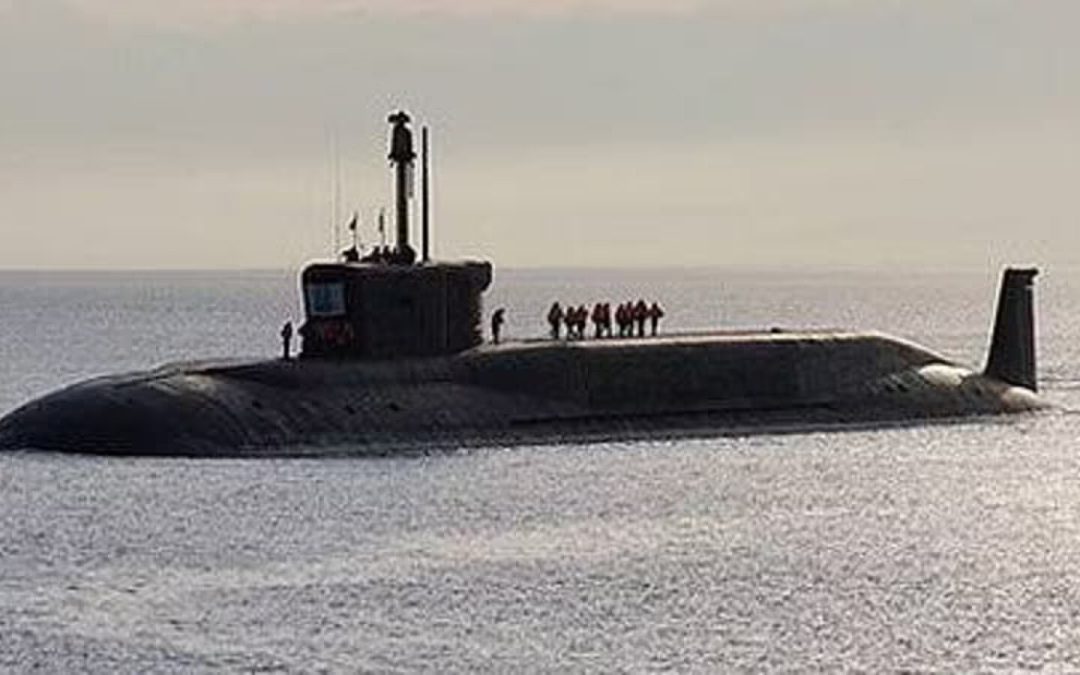New Delhi: Amid a diplomatic rift with Canada, India has discreetly launched its fourth nuclear-powered ballistic missile submarine (SSBN) at the Ship Building Center in Visakhapatnam, enhancing its nuclear deterrence capabilities.
The second SSBN, INS Arighaat, was commissioned by Defence Minister Rajnath Singh on August 29, 2024, while the third, INS Aridhaman, is scheduled for commissioning next year. Recently, the Cabinet Committee on Security (CCS) approved the Indian Navy’s plans to construct two nuclear-powered attack submarines aimed at countering threats in the Indo-Pacific region.
Although the Modi administration maintains a low profile regarding its nuclear strategy, the new SSBN, designated S4*, was launched on October 16, shortly after Singh inaugurated a Very Low Frequency Naval Station in Telangana for enhancing command, control, and communication with strategic naval assets.
The S4* SSBN boasts around 75% indigenous content and is armed with K-4 nuclear ballistic missiles that have a range of 3,500 kilometers, launched through vertical systems. In contrast, the original INS Arihant is equipped with K-15 missiles that have a 750-kilometer range. The subsequent submarines are upgrades that carry only the K-4 missiles. These SSBNs have nearly unlimited operational range, limited only by food supplies, crew endurance, and maintenance needs. Both INS Arihant and INS Arighaat are currently on deep-sea patrols, with a Russian Akula-class nuclear attack submarine scheduled to join India’s fleet on lease in 2028.
India’s SSBN classification began with the first leased nuclear attack submarine, INS Chakra, labeled S1, followed by INS Arihant as S2, INS Arighaat as S3, and INS Aridhaman as S4. The newly launched S4* will be the last in its class, with its official name pending. Future Indian SSBN classes are expected to double the 6,000-ton displacement of the Arihant class and feature missiles with ranges exceeding 5,000 kilometers.
The Modi government’s emphasis on sea-based deterrence stems from concerns that aircraft carriers could be vulnerable to long-range Chinese missiles like the Dong Feng-21 and Dong Feng-26. This strategic rationale has led to prioritizing the development of nuclear attack and ballistic missile submarines over acquiring a third aircraft carrier. Additionally, conventional submarine capabilities are being enhanced, with the sixth Kalvari-class diesel attack submarine, INS Vagsheer, set for commissioning in December.
Looking ahead, plans are underway to construct three advanced diesel attack submarines at Mazagon Dockyards in collaboration with the French Naval Group. With 10 to 11 PLA warships operating in the Indian Ocean each month since last year and expectations of carrier-based long-range patrols by 2025-26, India’s strategic submarines are poised to play a crucial role in safeguarding the nation and asserting dominance in the Indian Ocean Region.





